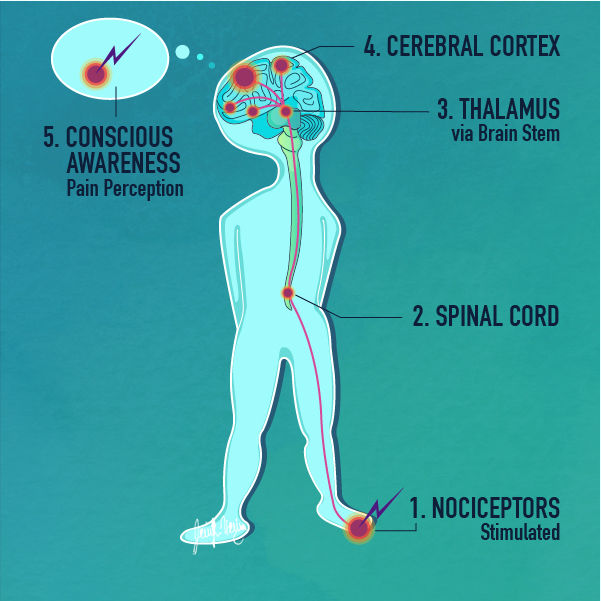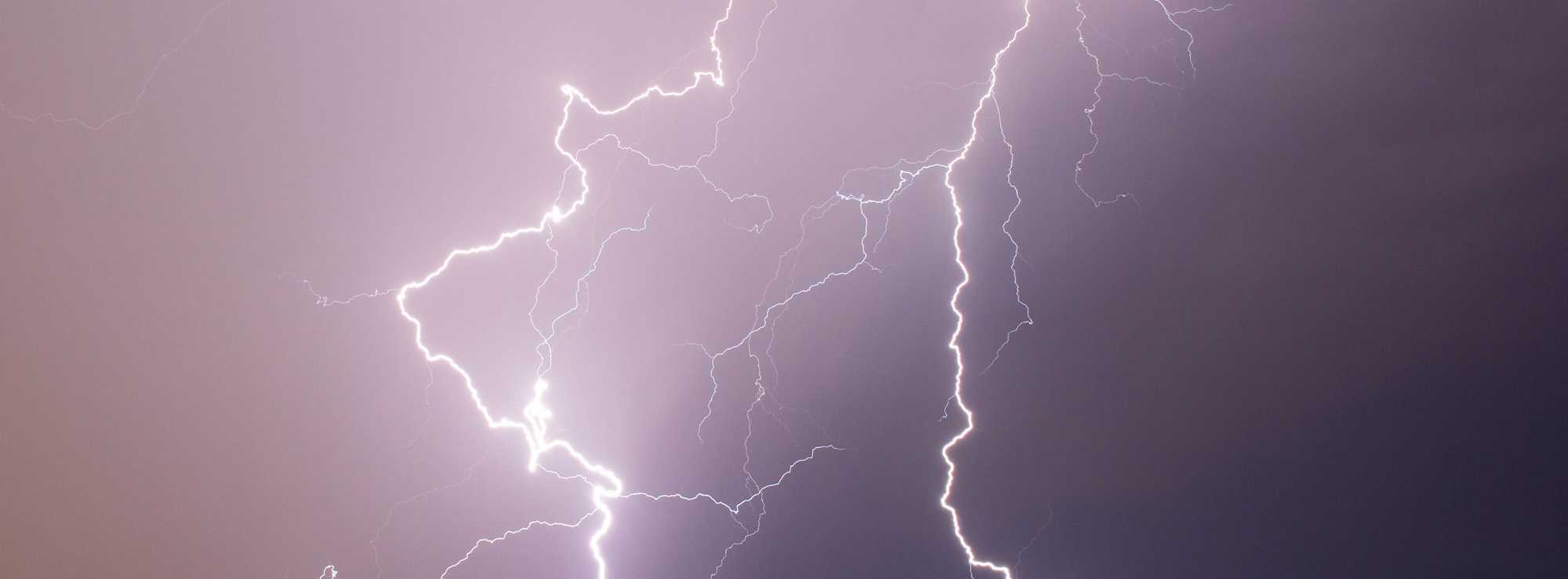Pain can be a minor nuisance or a complicated barrier that can take hold over your quality of life. It can manifest in the joints, muscles, and nerves and result in sore necks, sore backs, headaches, and more; pain is one of the most common symptoms from which we seek relief. But what is pain and why do we feel it? Here is a simple synopsis of this unpleasant feeling.
Why do we feel pain?
The feeling of pain can be a disruption to daily life, but it serves an important purpose. It is a built-in protective mechanism that keeps us from further tissue damage (by turning on protective reflexes in the body), and educates us for future events that may cause harm.
When tissue has been damaged, the symptom of pain is often felt by our nervous system, and as the tissue heals, this pain should fade (e.g. when you cut your finger). Sometimes, the presence of pain is elusive and exists without any apparent damage to the tissues of the body. This can happen when a change in the body, such as altered function of the musculoskeletal system, sends constant signalling through the pain pathways of the nervous system.
The cause of pain is different in every person and may have a number of influencing factors including mechanical strains, fluid pressures and changes in the chemical make-up of the body’s fluids. Lets take a look at how the body senses these things.
A brief overview of the physiology of pain
Your body sends pain signals through the nervous system and the beginning of the pain pathway is made up of receptors called nociceptors. Nociceptors are located all throughout your body at various quantities, with more residing at the level of your skin and much fewer in the organ field. These receptors are turned on by different stimuli including extreme heat or cold, pressure, mechanical strain and changes in the chemical make up of adjacent fluids (e.g. chemical changes that happen with inflammation).
Once these receptors have been stimulated, they send signals to the spinal cord. These signals may travel up the spinal cord, through the brainstem to a region of the brain called the thalamus. Finally, the signals end up in the cerebral cortex of the brain. The cerebral cortex is the place where the influx of signals from the nociceptors are processed to create the unpleasant feeling of pain. The key to feeling pain is that the signals picked up by the nociceptors, complete their route to the cerebral cortex, and become part of your conscious awareness.

How a manual osteopath can help lighten the load of your pain symptoms
Because the cause of pain will be be vastly different between one individual and another a manual osteopath will assess your entire body to determine a treatment unique to you. The treatment approach will consider:
- Improving global body mechanics to allow better body movement and decrease abnormal stress on joints and tissues. This decreases the mechanical strains that can irritate your nervous system.
- Removing any restrictions that may be interfering with the normal communication of a nerve.
- Promoting drainage throughout the body. This allows old fluid to move out, relieving pressure and removing stimulating chemicals from the affected area. Drainage allows fresh, nutrient and oxygen rich blood in, to help the healing process along.
Stay tuned to find out more about pain and osteopathy, a follow-up post is coming soon!
Photo by Elijah Hiett | Illustration by Jennifer Herring
Chila, Anthony G. (Ed.). 2011. Foundations of Osteopathic Medicine (3rd Ed. Pg. 228-220). Baltimore, MD: Lippincott, Williams & Wilkins | Wolters Kluwear


